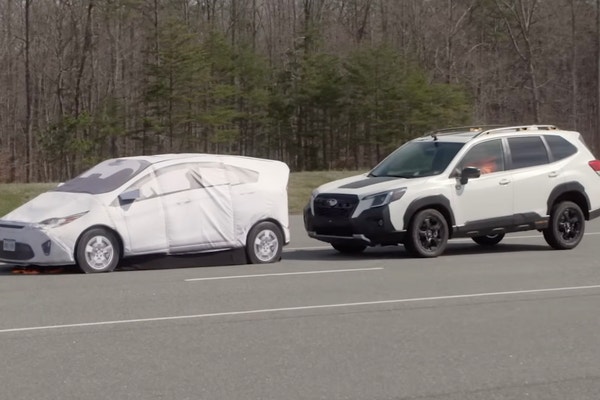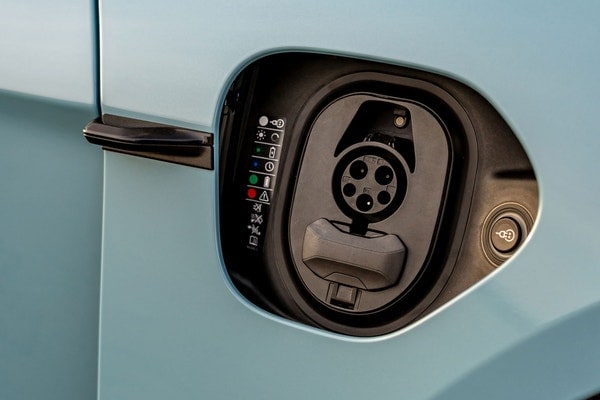Used 2015 Toyota Prius Plug-in Base Hatchback Review
Consumer reviews
Read what other owners think about the 2015 Toyota Prius Plug-in Base Hatchback.
Most helpful consumer reviews
Plug-in capability with minimal compromise
Venkatesh Natarajan, San Jose, CA, 01/29/2016
2015 Toyota Prius Plug-in 4dr Hatchback (1.8L 4cyl gas/electric hybrid CVT)
Upsides: Although this car has minimal EV-only range (only 13 miles), this car is unique among plug-in hybrids in that it still provides a lot of storage space (almost as much as the regular Prius; just the part under the hatchback floor is smaller). 13 miles will probably not get you to work and back just on electricity, but it will still boost your overall mileage. Since the battery … and the onboard charger is so weak, you're more likely to be able to plug it in to a garage outlet without having to worry about installing a bunch of new electrical circuitry. The price sounds high, but you'll get $2500 in federal tax credits for it (and might get some state credits, depending in state), making it a more palatable deal. Hybrid mode efficiency is basically as good as a regular Prius, so you get good gas mileage even if you can't plug in.
Donwsides: Acceleration in EV-only mode is horrible. You can't even get the full acceleration of the regular Prius without having the gas turn on (and the regular Prius isn't exactly a burner). Yes, you're probably saying "if I cared about acceleration, I wouldn't be considering a Prius anyway." But the irritation is that it's really easy to burn gas without meaning to: just press the pedal a little too hard, and boom, the gas engine turns on. The car won't sustain regular highway speeds in EV-only mode (there seems to be circuitry that tells the car "don't go EV only if you're going faster than 62 MPH").
Overall, the plug-in Prius if you want some plug-in benefit with a minimum of compromise vs. a regular hybrid car. If your main priority is to drive on electric as much as possible, however, you'd probably want to choose something with more range and more all-electric power, such as one of the Ford Energi vehicles, or a Volt.
Most dependable vehicle
ED , Smithfield, NC, 12/26/2019
2015 Toyota Prius Plug-in 4dr Hatchback (1.8L 4cyl gas/electric hybrid CVT)
I have owned a 2013 Pruis plug in since it was new. Services performed on this vehicle include oil changes, tire rotation and topping off fluids - that is it. Oh I never abused it and it has never failed me.................
Edmunds Summary Review of the 2015 Toyota Prius Plug-in Base Hatchback
Pros & Cons
- Pro:Plug-in capability on top of the Prius' already exceptional fuel economy
- Pro:abundant backseat room
- Pro:spacious cargo area
- Pro:comfortable ride.
- Con:Considerably more expensive than the regular Prius
- Con:disappointing interior materials
- Con:slow acceleration
- Con:awkward driving position for some.
Full Edmunds Review: 2015 Toyota Prius Plug-in Hatchback
Edmunds Insurance Estimator
The Edmunds TCO® estimated monthly insurance payment for a 2015 Toyota Prius Plug-in in Ohio is:
not availableLegal



